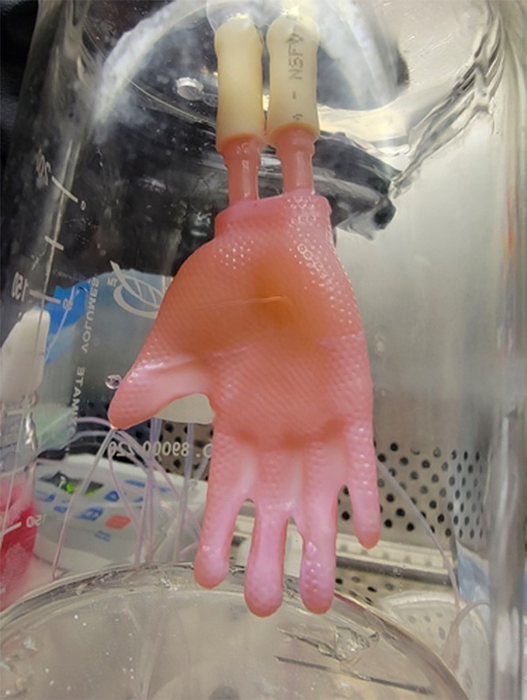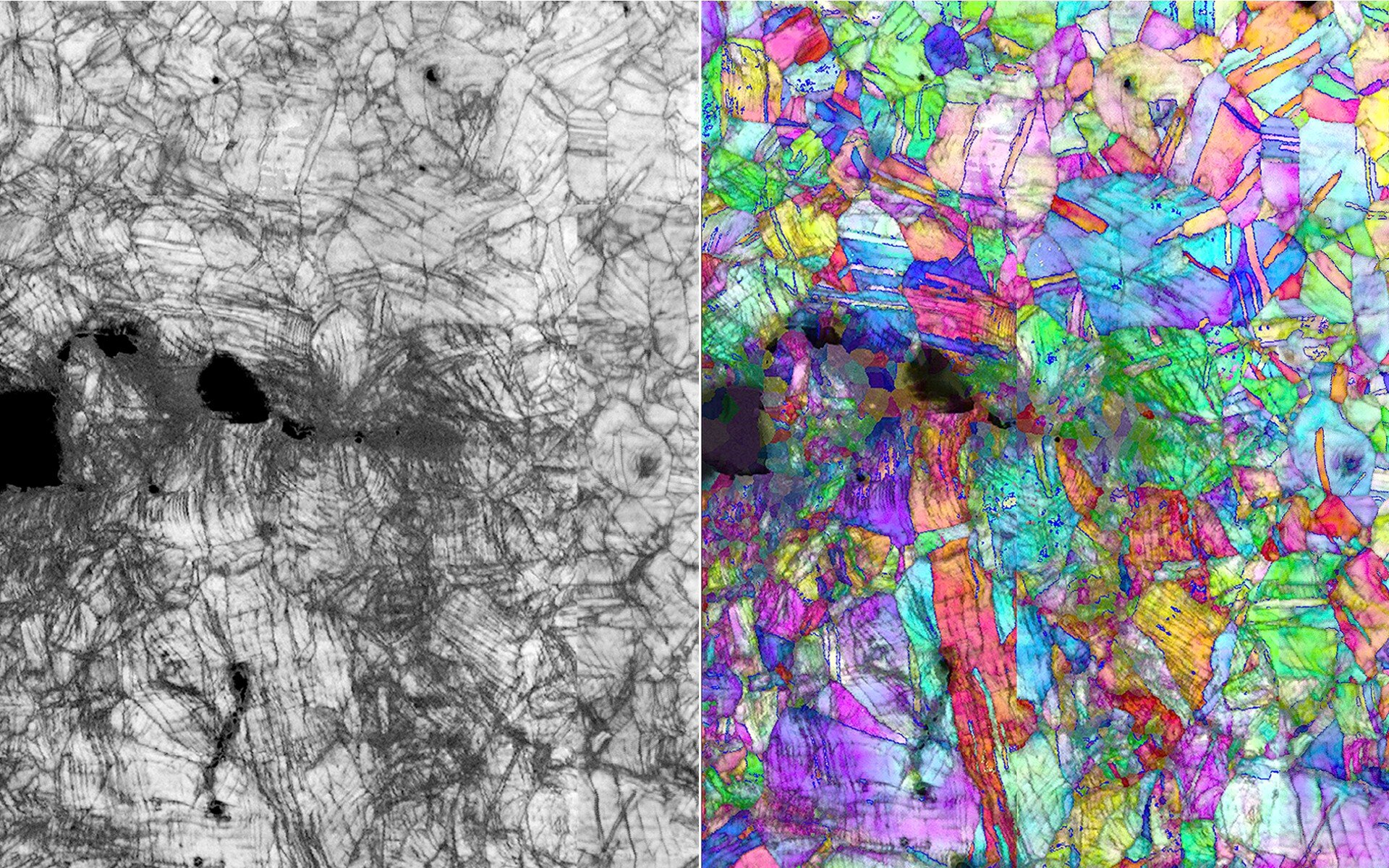Re-Engineering Flu Viruses
The world is now battling a number of increasingly virulent, antibiotic resistant super viruses or superbugs and trying to stave off lethal diseases. The H1N1 pandemic and similar strains have highlighted the urgency of the need for better vaccine development and distribution. Influenza and viral and bacterial pneumonia, taken together, are the eighth leading cause of death in the United States and influenza kills half a million people worldwide each year.
Scientists and medical researchers have been developing diagnostic and treatment tools for these viruses. It is hoped that universal vaccines or antibiotics can be developed that will be “silver bullets”. Overcoming the current problem of antibiotic resistance and the problem of overuse of antibiotics is just one of the many challenges.
Cell-Based Versus Egg-Based Manufacturing
For the past 50 years, vaccines have been produced using an “egg-based” manufacturing process but egg-based vaccines have limitations, such as not being scalable quickly and cheaply to meet a quickly spreading global pandemic. In addition, growing vaccines in hens’ eggs is risky because they too are vulnerable to virus outbreaks.
A new method, cell-based vaccines, are made by growing viruses in animal cells rather than in chicken eggs. Cell culture technology is now used to produce vaccines for polio, hepatitis, rubella, rotavirus, and chickenpox. The process involves taking stored frozen preserved cells and growing them in an incubator at 37°C .
After, a seed virus is added to infect the multiplying cells. Through a series of steps the virus is harvested, made noninfectious, purified and made available for use in a matter of days.
Related articles on IndustryTap:
- Experimental Ebola Drugs Deemed Ethical as Deadly Virus Spreads
- An “Off Switch” for the Ebola Virus?
- Will Bacteria-Eating Viruses Exterminate Superbugs?
References and related content:






